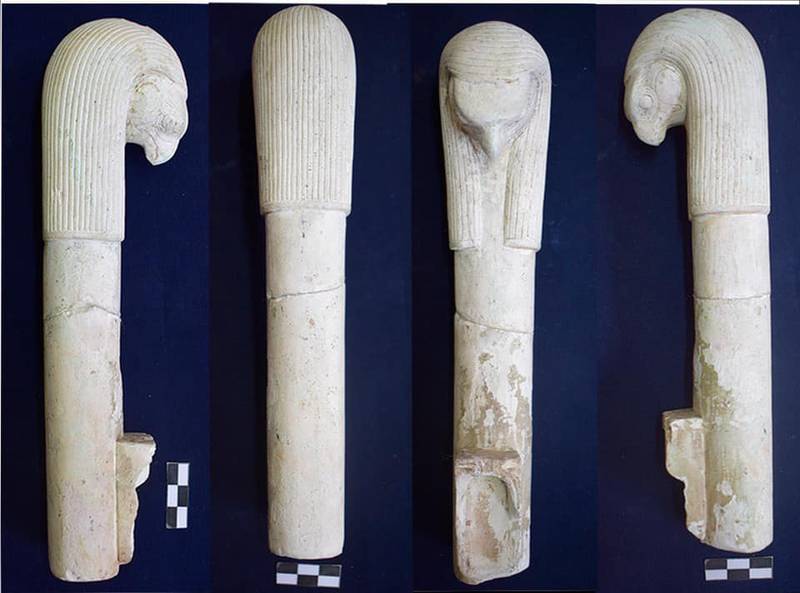History & Heritage
9.21.2021
Pharaohs’ Daily Rituals Revealed in New Archaeological Finds

Excavation after excavation, each archaeological work is a real step to learn more about the customs and rituals of our Egyptian ancestors, the Pharaohs. And on Saturday 18 September, archaeologists at Tel El Farain in the Nile Delta discovered ancient artifacts, including relics and other treasures, shedding new light on the religious practices of the region.
For Dr Mustafa Waziri, Secretary General of the Supreme Council of Egyptian Antiquities, the discovery was significant in that it revealed “objects used in the daily rituals of the site’s inhabitants, many of whom worshipped the goddess Hathor, who ruled over the sky, women, fertility and love”.
While the site is known as Tel El Farain in Egypt, meaning “Hill of the Pharaohs” in Arabic, the ancient city is also famous for its Greek name, Buto, but above all for being one of the most important archaeological areas in the country. Past missions have uncovered a palace dating from the second dynasty (2890 to 2686 BC), and six baths. But last Saturday, it was mainly objects that were discovered by the archaeologists.

The first one that attracted particular attention was a solid gold Eye of Horus, used as a symbol of prosperity by the ancient Egyptians, who also believed that it would provide them with protection.

But that’s not all, as an incense holder decorated with Horus’s falcon head was also among the most remarkable pieces of the find, according to the council. Small statues of the goddess Taweret, the patron goddess of childbirth and fertility, were also among the treasures, as well as a collection of glitter used to gild other objects.
This heritage was found buried in one of the highest mounds of Tel El Farain.
Among the biggest finds, let us not forget to mention a large stone structure, most likely of a well, that researchers believe was used to store water for religious ceremonies. Nearby were the remains of a Ptolemaic-era bathroom, with a bathtub, a smaller basin and a vessel used to heat bath water.
popular

